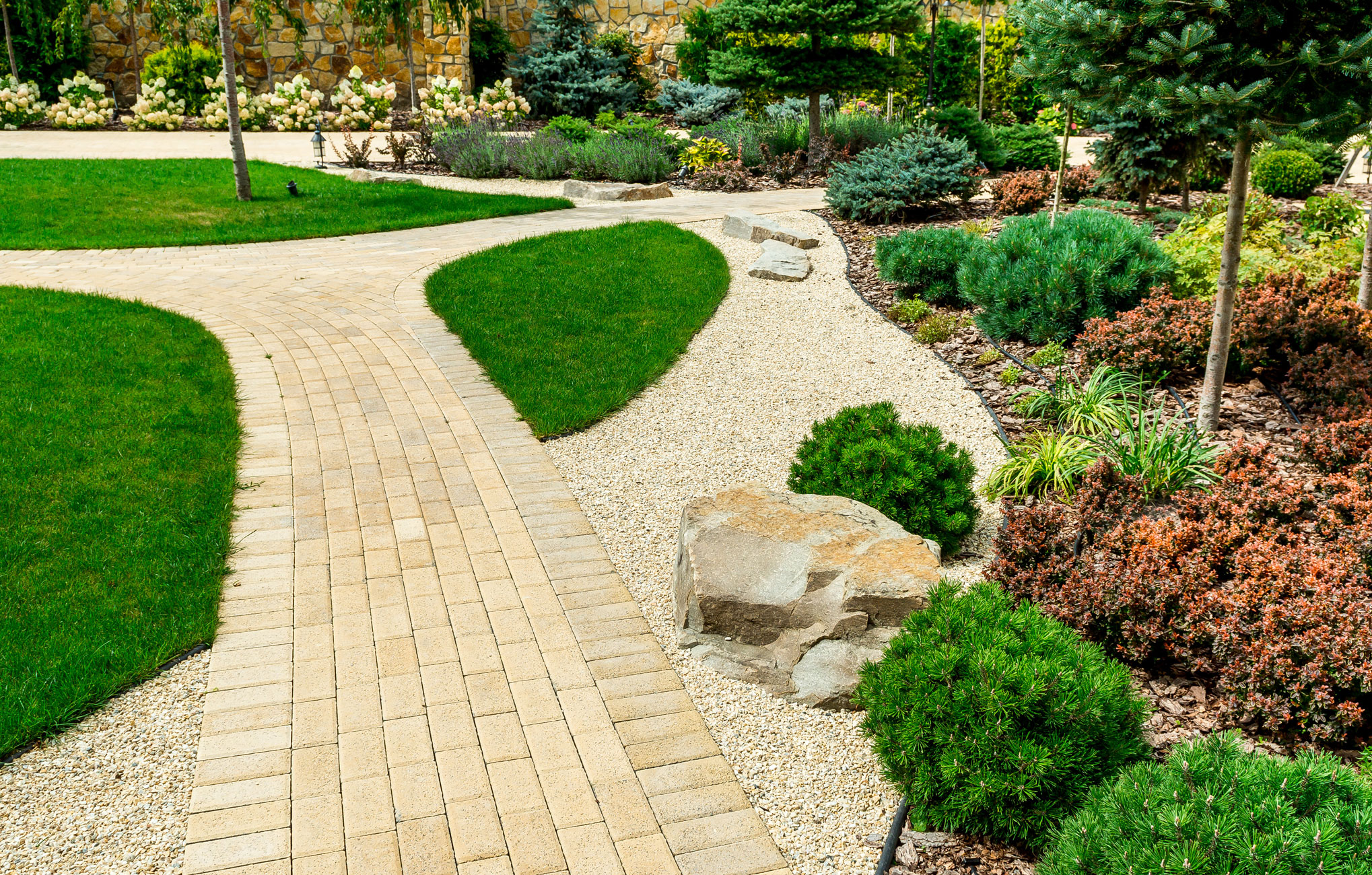Gravel driveways are a popular choice for homeowners who want a low-maintenance option that's both functional and affordable. But, while they're relatively easy to install, they do require some maintenance to keep them in good condition. In this article, we'll provide you with some tips for maintaining your gravel driveway so you can prolong its life and save yourself money in the long run.
First, let's discuss why maintenance is so important. Gravel driveways are typically made up of layers of different sized stones, with the smallest stones on top to create a smooth surface. Over time, traffic, weather, and erosion can cause these layers to shift, creating potholes and ruts that not only look unsightly, but can also damage your car's tires and suspension. By maintaining your gravel driveway, you can prevent these issues and ensure it stays in good condition for years to come.
- Regularly Grade Your Driveway
Grading is the process of redistributing the gravel on your driveway to ensure it's level and free of ruts and potholes. It's important to do this at least once a year, or more frequently if you notice significant wear and tear. To grade your driveway, you'll need a heavy-duty rake or a specialized piece of equipment called a box blade. Use the rake or box blade to smooth out the surface of your driveway and redistribute the gravel as needed.
- Fill in Potholes and Ruts
If you notice any potholes or ruts in your driveway, it's important to fill them in as soon as possible to prevent them from getting bigger. You can use a shovel and some extra gravel to fill in small potholes and ruts, but for larger ones, you may need to use a specialized product like gravel patch or cold patch asphalt. Be sure to follow the manufacturer's instructions when using these products, and always wear gloves and eye protection.
- Add New Gravel as Needed
Over time, your gravel driveway will naturally lose some of its gravel due to weather, traffic, and erosion. It's important to add new gravel as needed to ensure the surface remains smooth and level. As a general rule, you should add about 1-2 inches of gravel every 2-3 years, but this can vary depending on your specific situation.
- Keep Your Driveway Clean
Debris like leaves, twigs, and dirt can accumulate on your driveway and cause drainage issues if left unchecked. It's important to regularly sweep or blow off your driveway to keep it clean and free of debris. Additionally, if you notice any oil stains or other spills, be sure to clean them up as soon as possible to prevent them from damaging the gravel.
- Consider Using a Gravel Stabilizer
If you're tired of dealing with potholes and ruts, you may want to consider using a gravel stabilizer. These products are designed to bind the gravel together, creating a more stable surface that's less prone to shifting and erosion. There are a variety of gravel stabilizers available on the market, so be sure to do your research and choose one that's appropriate for your specific situation.
In conclusion, maintaining your gravel driveway may require a bit of effort, but it's well worth it to ensure it stays in good condition and lasts for years to come. By regularly grading your driveway, filling in potholes and ruts, adding new gravel as needed, keeping it clean, and considering using a gravel stabilizer, you can enjoy a functional, affordable, and attractive driveway for many years to come.

